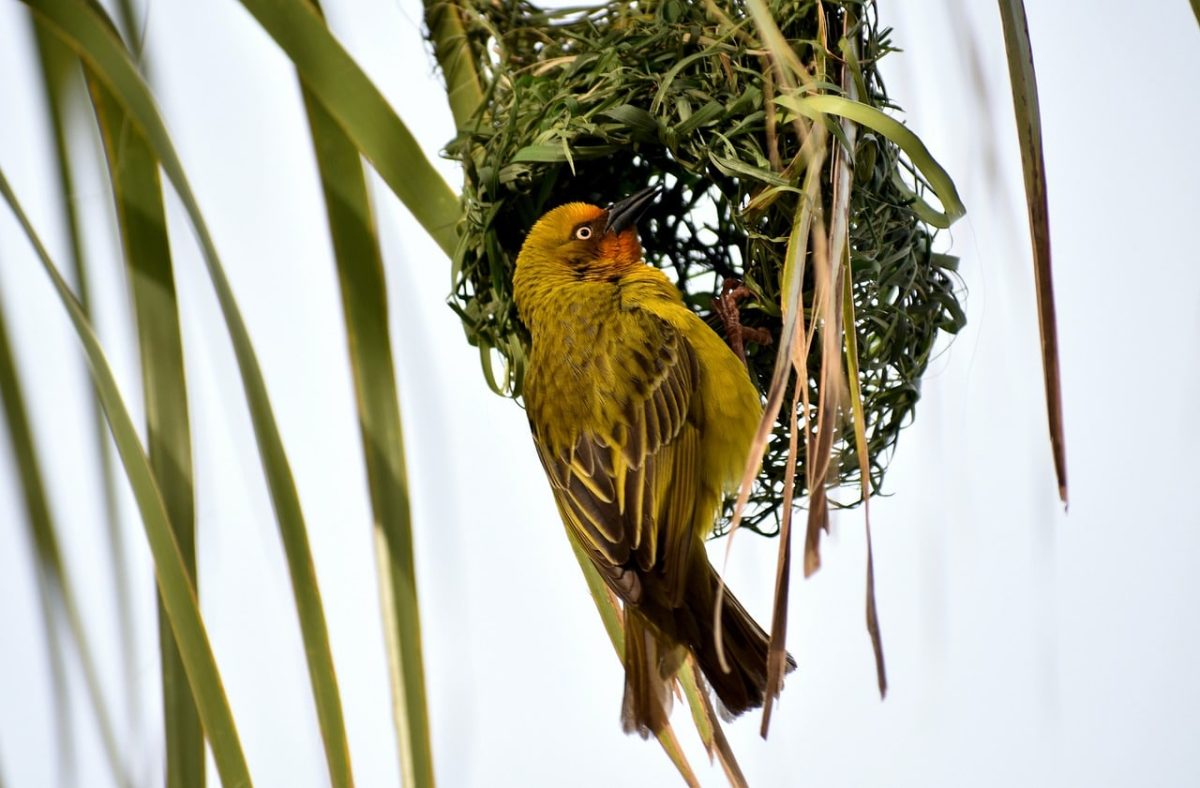
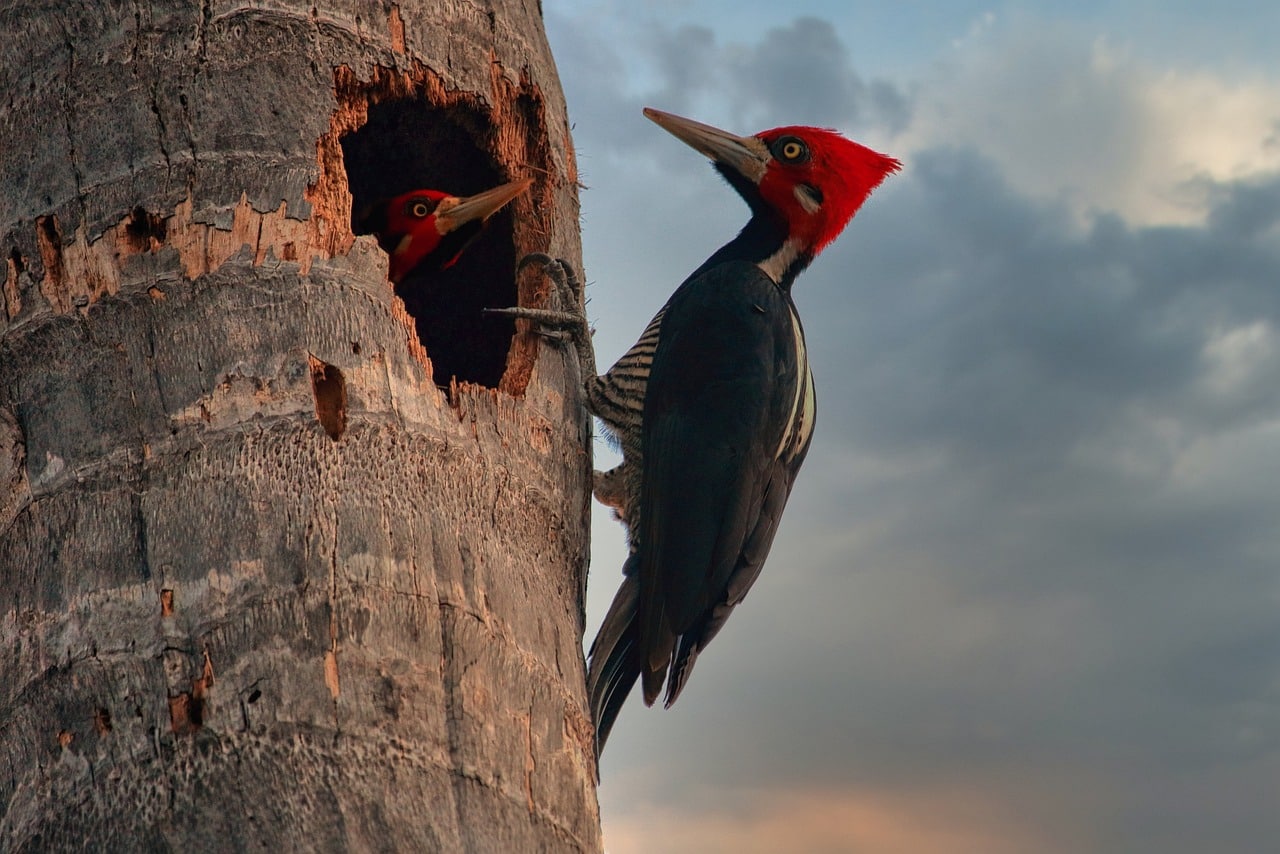 Shutterstock
Shutterstock
When we think of great architects and engineers, our minds often turn to famous human figures—think of the ancient pyramids or modern skyscrapers. But in the animal kingdom, there are species whose engineering feats rival or even surpass our own. These creatures have been building structures for millennia with skills that defy the limitations of their small brains and primitive tools. These wild architects have perfected their craft, and their structures are often more sustainable and effective than those built by humans.
Beavers
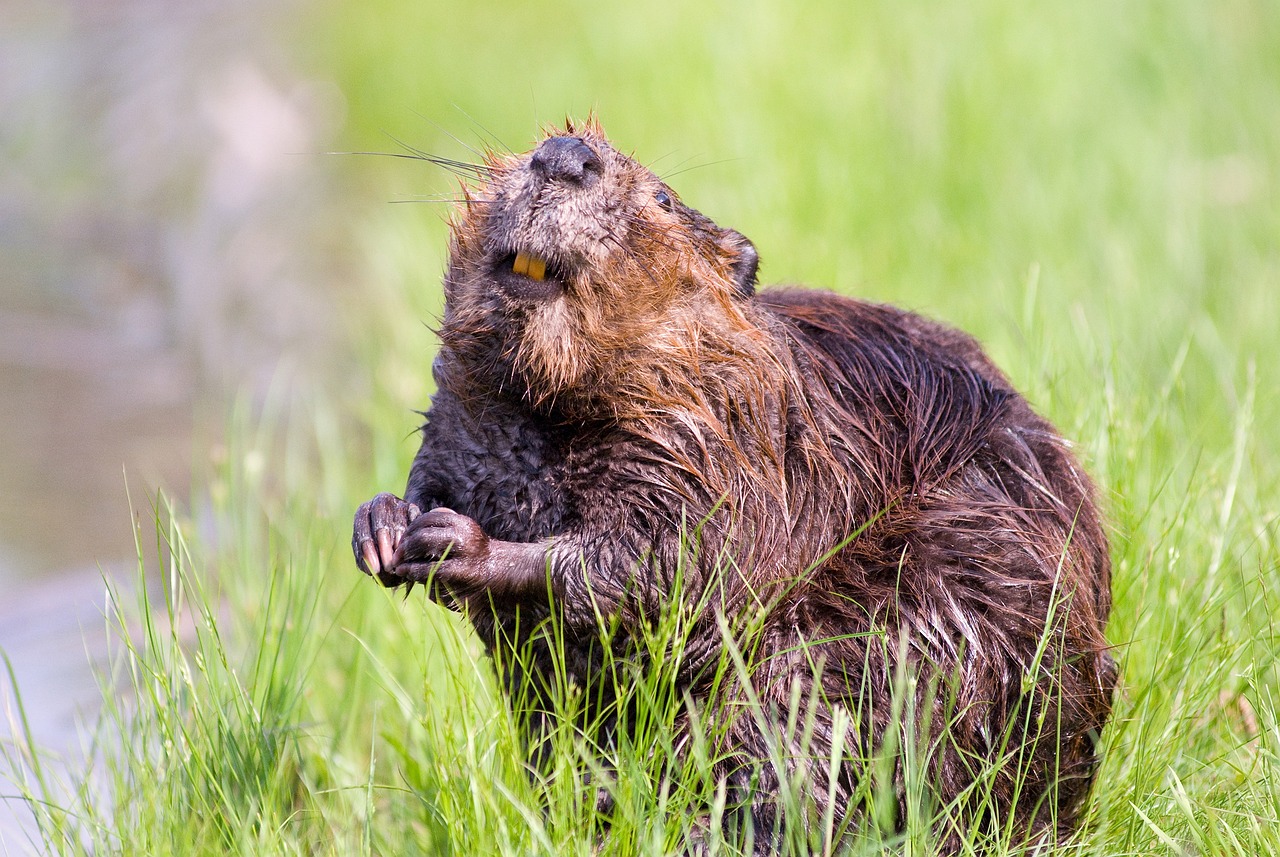 Shutterstock
Shutterstock
Beavers are the undisputed champions of natural engineering. Their dams are often massive, altering entire ecosystems to create ponds and wetlands that provide shelter and safety. Built using logs, branches, and mud, these dams are designed to withstand the forces of flowing water. The beavers’ ability to create stable, long-lasting structures makes them the true engineers of the animal kingdom, shaping their environment with impressive precision.
Termites
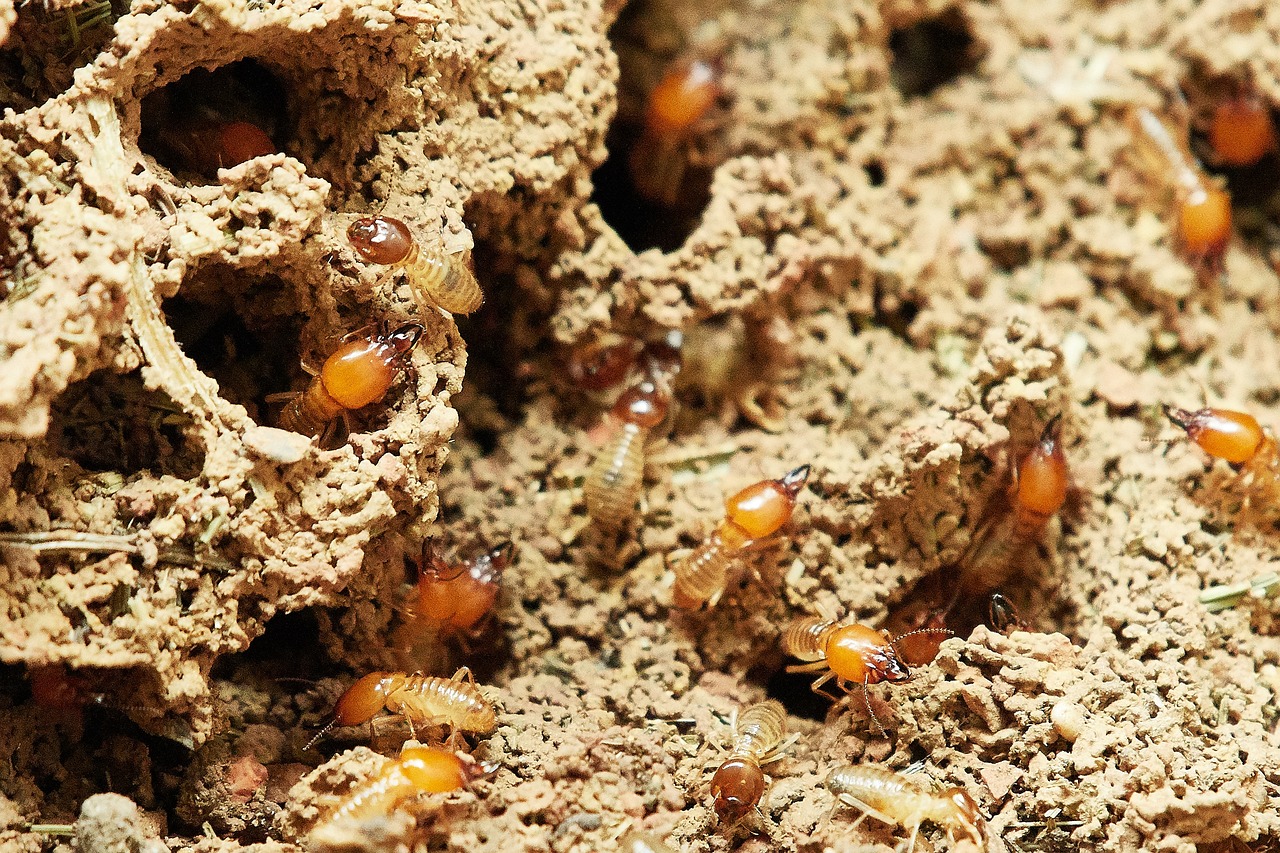 Shutterstock
Shutterstock
Termites may be small, but their architectural abilities are colossal. Their mounds, constructed from mud, saliva, and feces, can reach heights of up to 30 feet. These structures are not just tall; they feature sophisticated internal ventilation systems that regulate temperature and humidity within the mound. The balance of these factors allows termites to thrive in harsh climates, demonstrating a level of environmental engineering that humans can only dream of achieving.
Spiders
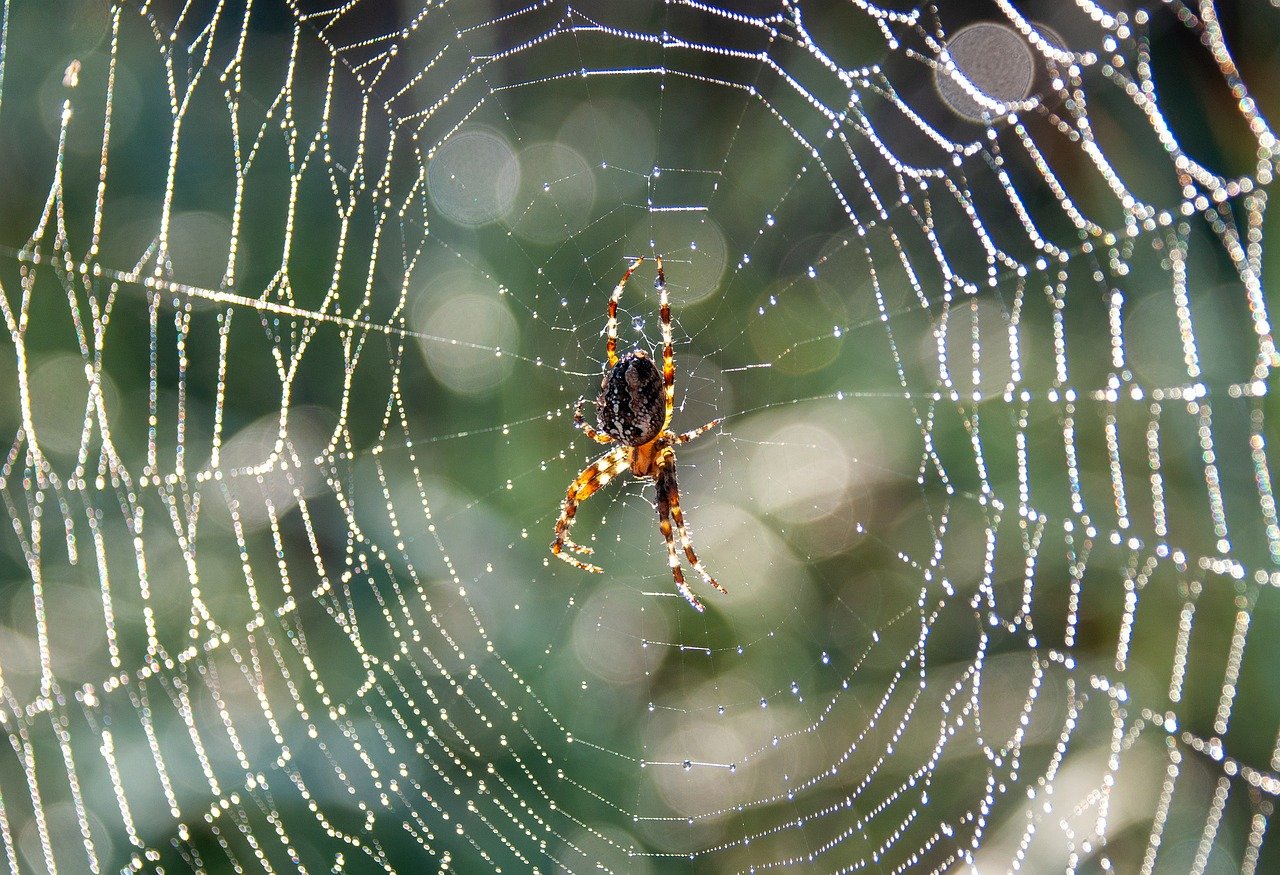 Shutterstock
Shutterstock
Spiders create webs that are both beautiful and functional, showcasing impressive engineering. The webs are not just random tangles of silk but highly organized, symmetrical structures designed to catch prey with maximum efficiency. The silk used is incredibly strong—stronger than steel by weight—and flexible, allowing spiders to build webs that are both durable and elastic. Their ability to produce such intricate, purpose-driven designs is a testament to their natural engineering prowess.
Ants
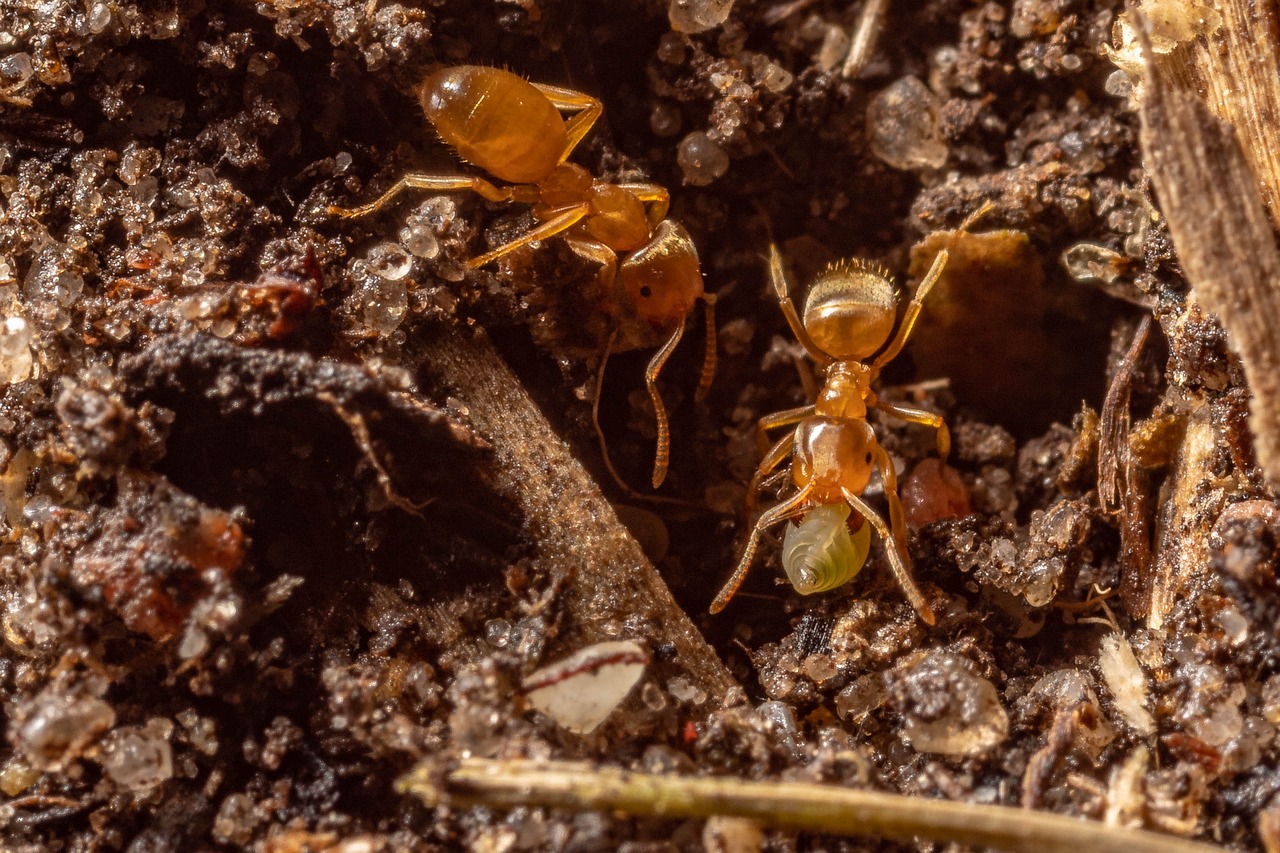 Shutterstock
Shutterstock
Ants may be tiny, but their colonies are vast and their construction methods intricate. Some species, such as leafcutter ants, build underground nests that stretch for miles with multiple chambers for various purposes. They create complex tunnels that are well-ventilated and designed to optimize moisture control and temperature regulation. This highly organized infrastructure allows ants to thrive in a range of environments, turning even the smallest creatures into extraordinary engineers.
Bearded Vultures
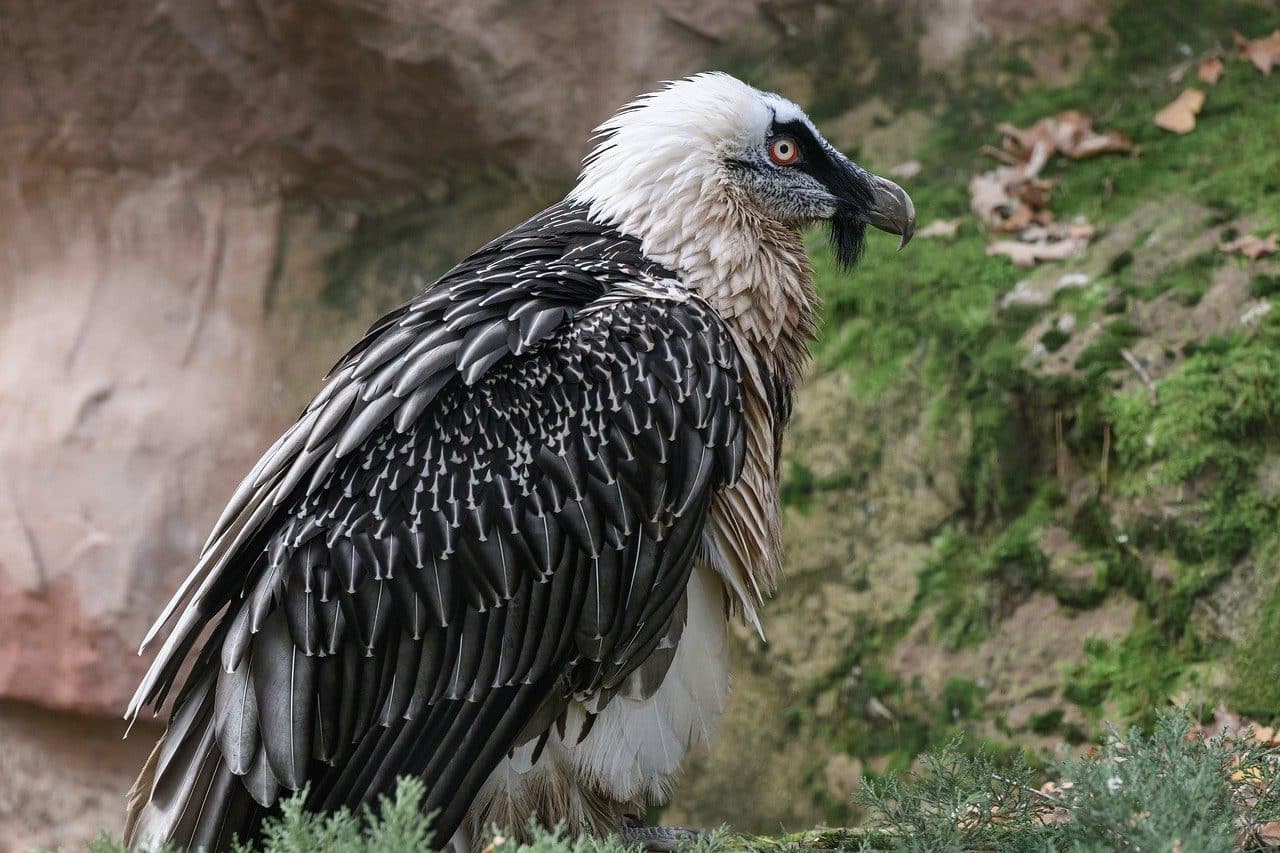 Shutterstock
Shutterstock
Bearded vultures are known for their unique method of “building” by dropping bones from great heights onto rocks to break them open. While this may seem like a random act, these birds are using natural tools to create a new one, modifying their environment for a specific purpose. The vultures carefully choose the rocks and angles for maximum impact, displaying a sophisticated understanding of physics and resourcefulness. Their behavior highlights an innovative approach to problem-solving in nature.
Weaver Birds
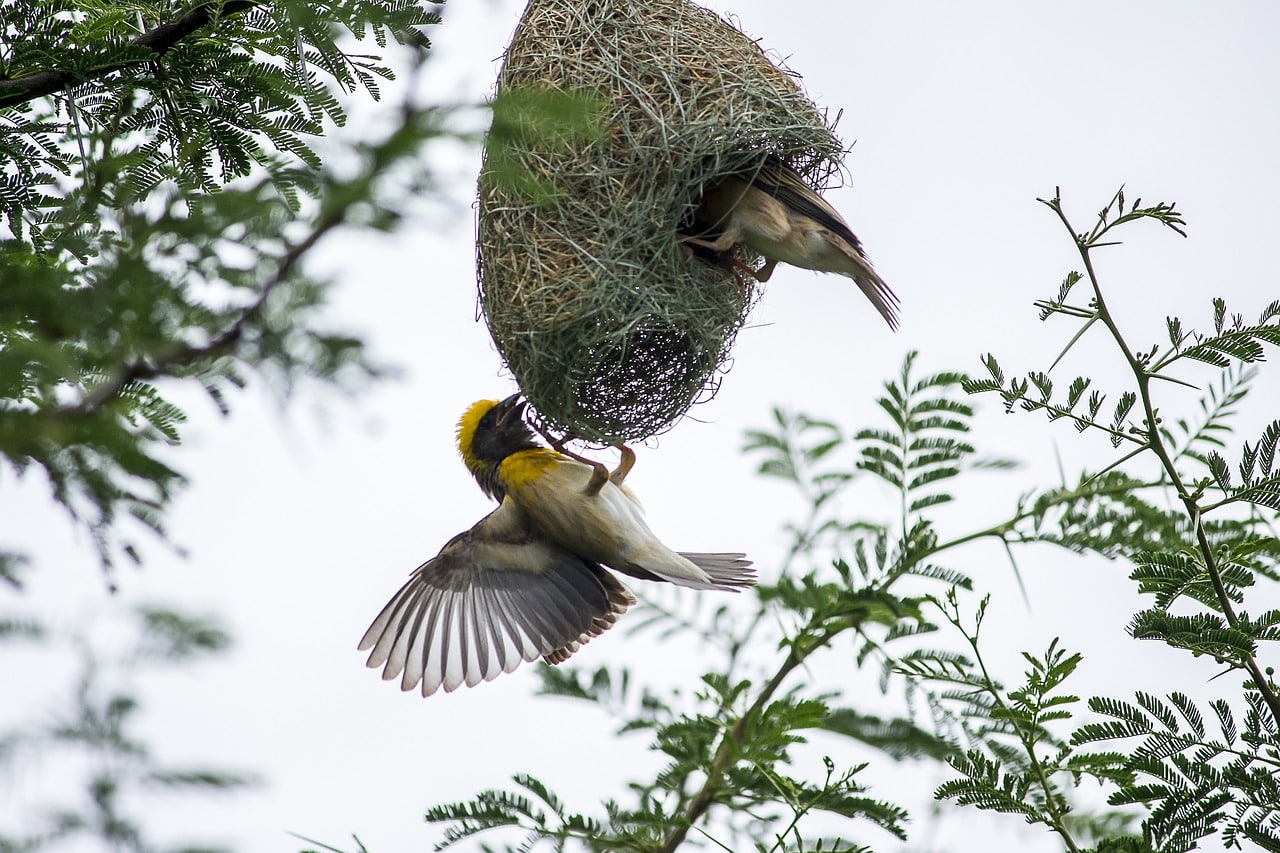 Shutterstock
Shutterstock
Weaver birds are known for their highly elaborate nests, which they craft using grasses, twigs, and other natural materials. The nests are often woven with such precision that they are both sturdy and beautifully symmetrical. Some species even build massive communal nests that can house hundreds of individuals. These intricate nests are not just functional; they also serve as a demonstration of the male’s skill in construction, with females selecting mates based on the quality of their nests.
Woodpeckers
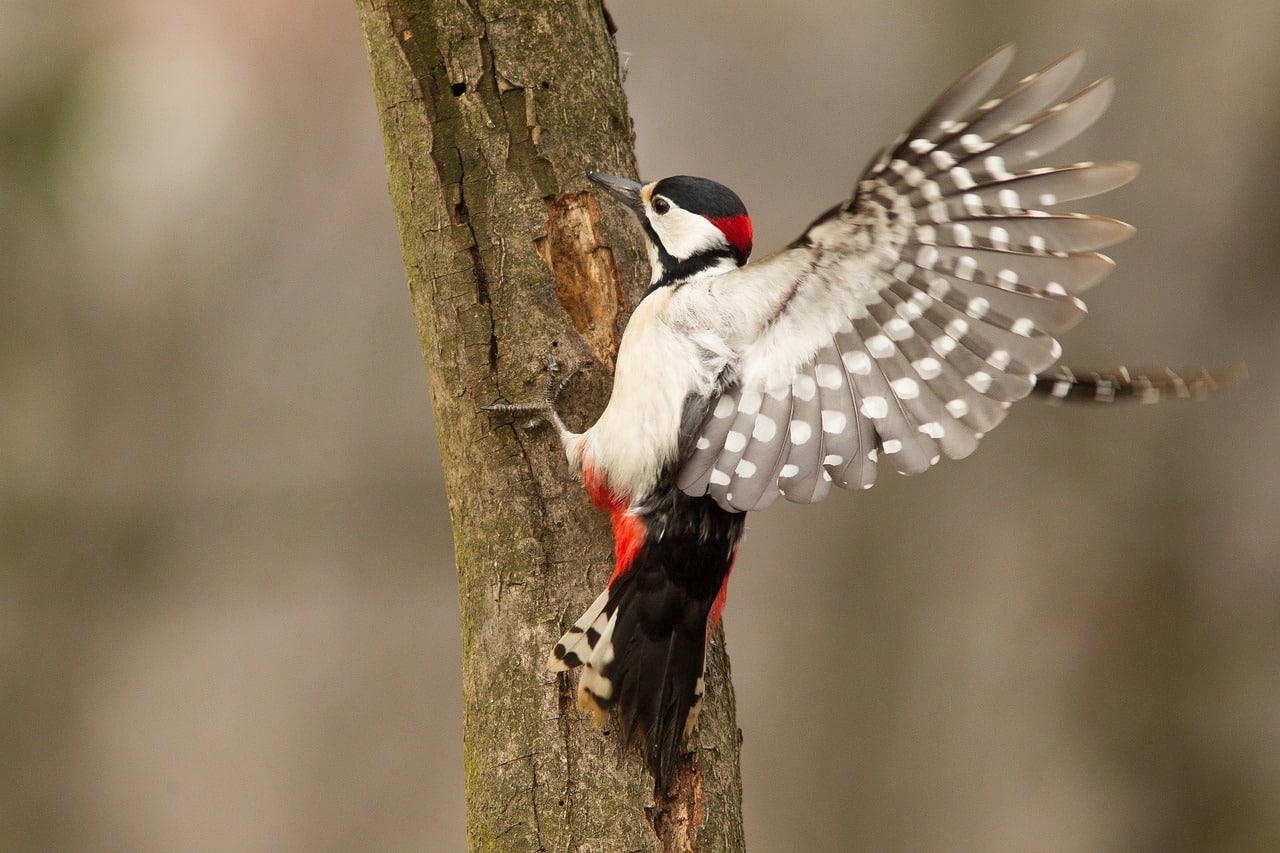 Shutterstock
Shutterstock
Woodpeckers might not build traditional structures like nests or dams, but their ability to shape their environment is undeniable. By pecking at tree trunks to create holes for nesting, they also contribute to the health of the forest. Their pecking creates space for other species to inhabit, which makes their work a vital part of ecosystem architecture. Additionally, the precision and skill with which they carve out nesting cavities show an inherent engineering ability that many creatures, including humans, could learn from.
Octopuses
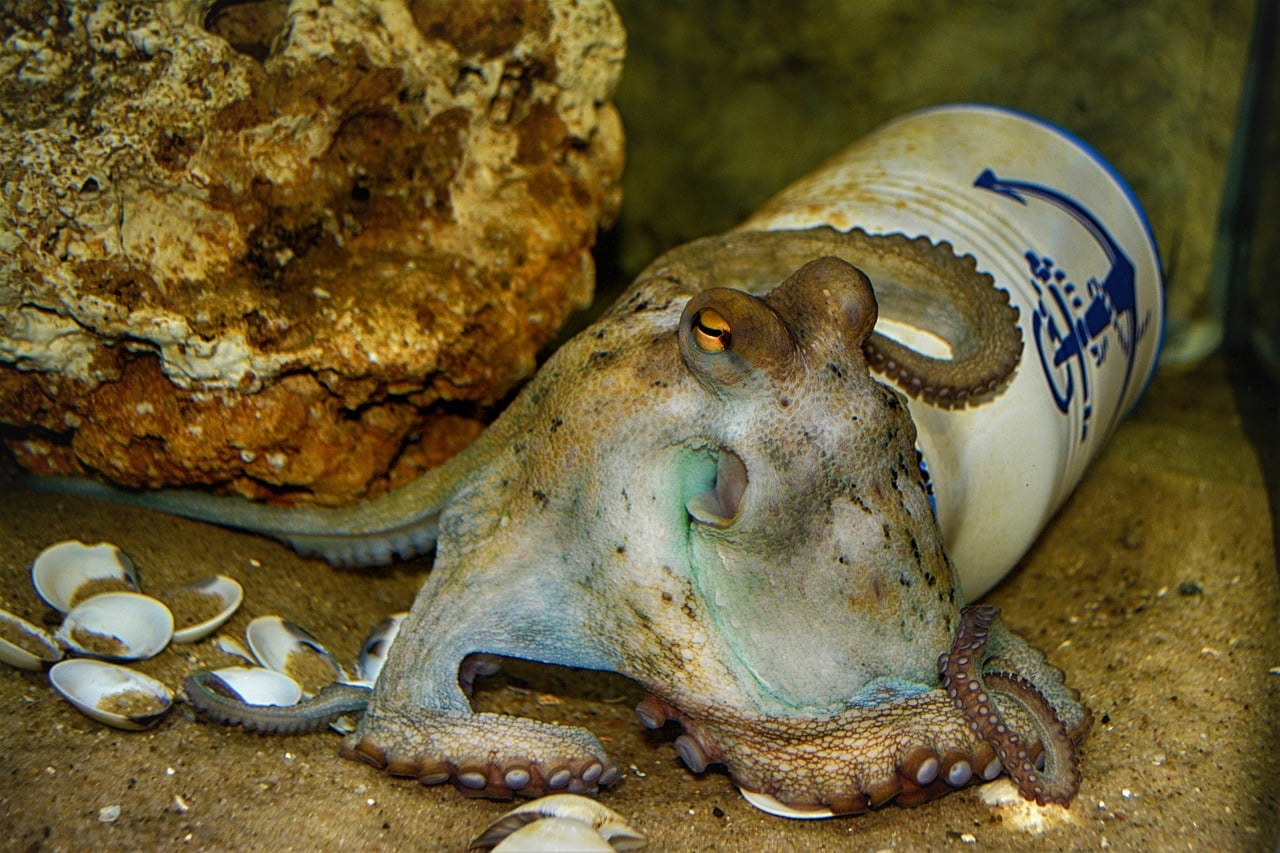 Shutterstock
Shutterstock
Octopuses are incredibly resourceful, using objects like shells, rocks, and discarded bottles to construct dens for shelter. These creatures are masters of camouflage, using their surroundings to create hideouts that protect them from predators. Some octopuses go even further by creating intricate tunnels and elaborate den systems that offer multiple escape routes. This ability to build temporary yet highly functional homes highlights the octopus’s clever use of environmental materials.
Bowerbirds
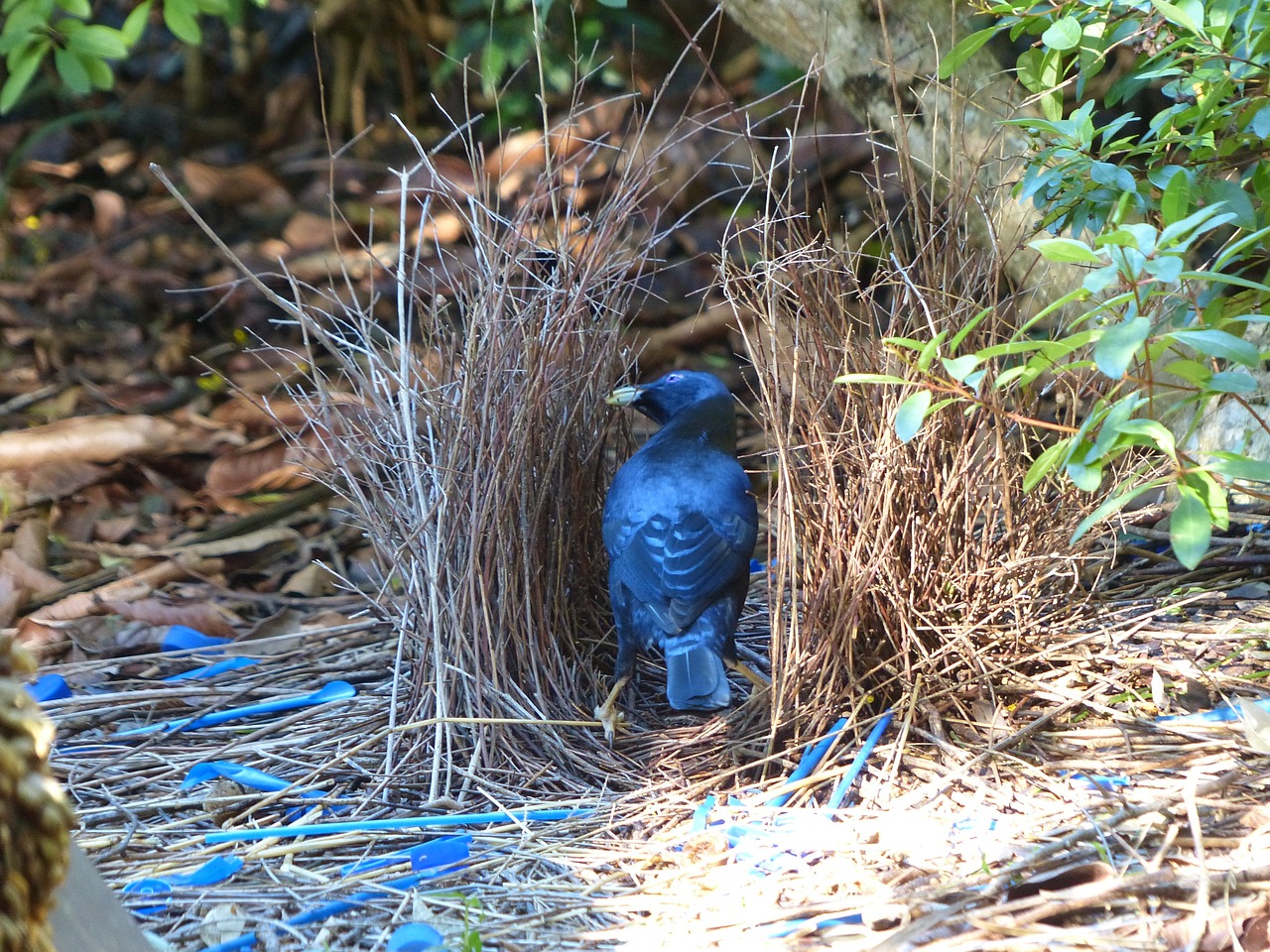 Shutterstock
Shutterstock
Male bowerbirds build elaborate structures called bowers to attract females, showcasing their construction skills. These bowers are not nests but decorative shelters made of sticks, grass, and other natural materials. The males decorate them with brightly colored objects like flowers, shells, and even pieces of plastic or glass, creating elaborate displays to impress potential mates. The level of detail in these creations demonstrates the birds’ ability to manipulate their environment for a specific social purpose.
Naked Mole Rats
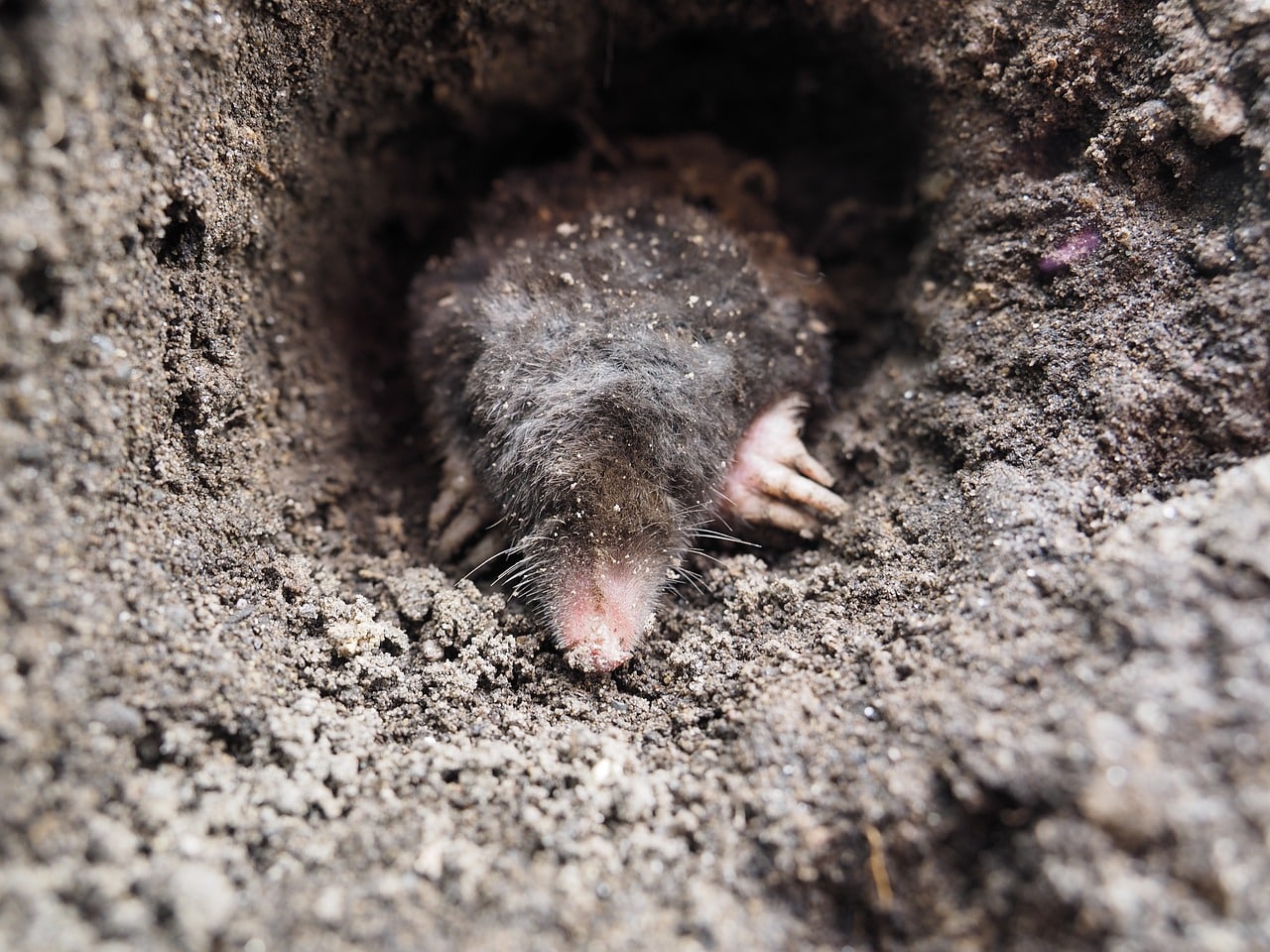 Shutterstock
Shutterstock
Naked mole rats are burrowing creatures that build complex underground colonies with advanced tunnel systems. These tunnels are highly organized, with distinct chambers for living, storing food, and even for breeding. The architecture of their burrows is designed to support an entire colony, including air shafts to ensure proper ventilation and temperature regulation. These subterranean structures demonstrate the mole rats’ skill at creating efficient and sustainable living environments deep beneath the earth’s surface.
Leafcutter Ants
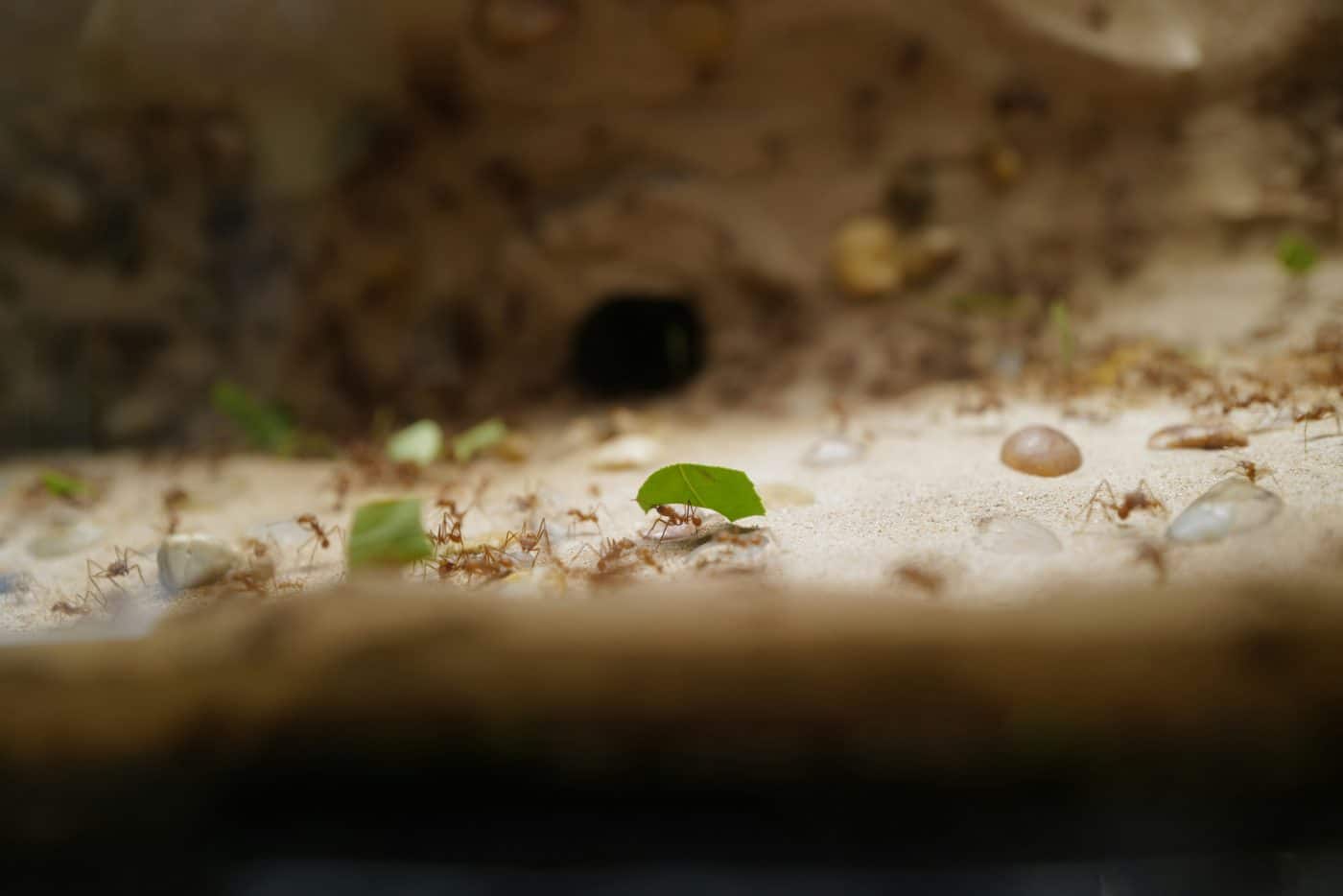 Shutterstock
Shutterstock
Leafcutter ants are true engineers of the natural world, creating underground colonies that function like a well-oiled machine. They cut leaves and transport them back to the colony, where they are used to cultivate fungus for food. The fungus farms are housed in chambers that are strategically positioned to maintain optimal humidity and temperature. These ant colonies are complex, with specialized roles for each member, from leaf-cutting workers to fungus tenders, and are built to ensure the survival of the entire colony.
Egrets and Herons
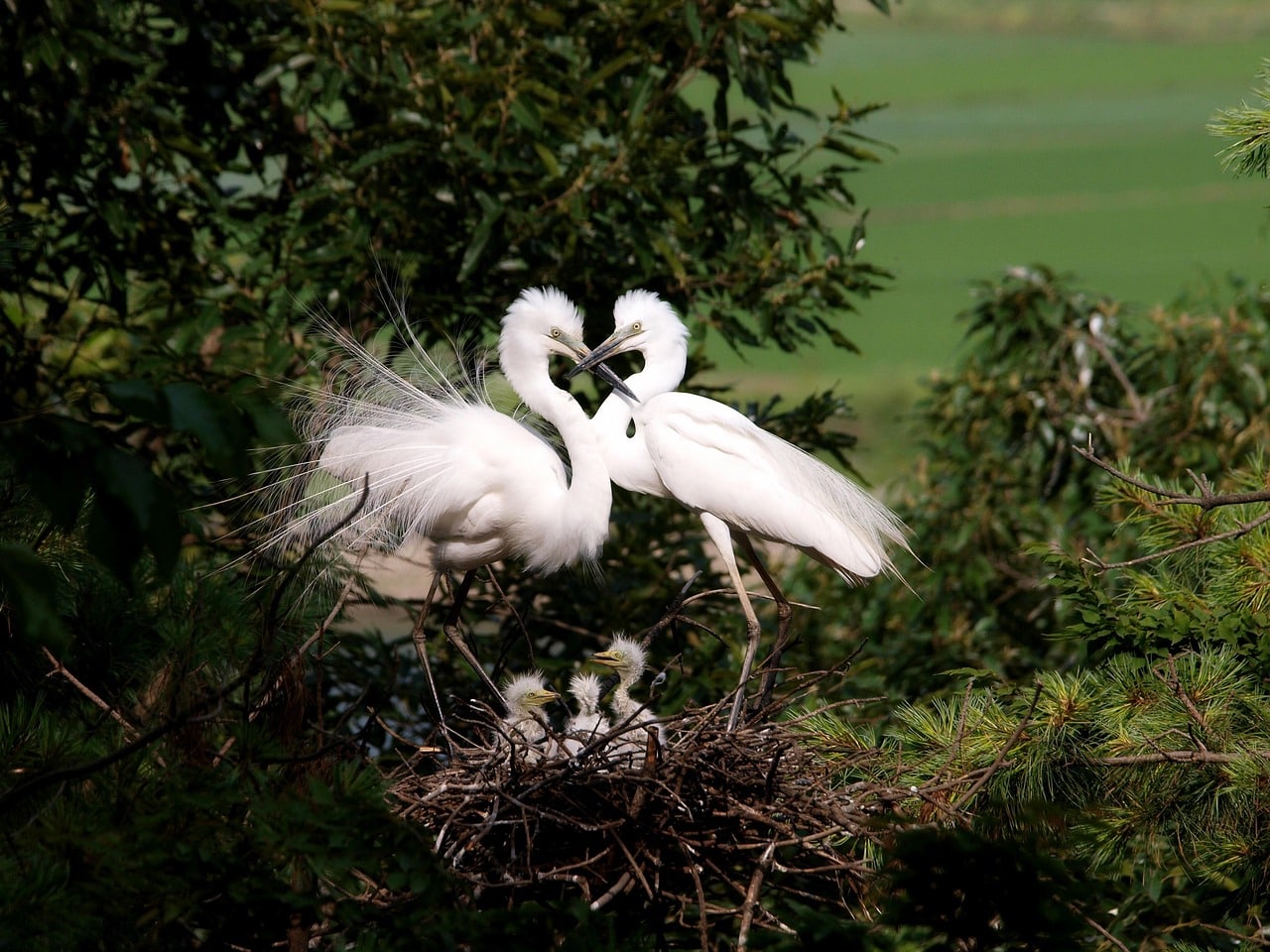 Shutterstock
Shutterstock
Egrets and herons, like many other bird species, create nests that reflect their intricate building skills. These birds use a variety of materials, including twigs, reeds, and grasses, to build their nests in trees, usually near water. They often craft platforms that can hold large, heavy chicks and withstand the elements. The nests are carefully woven together, and in some cases, egrets and herons will choose specific tree branches that help stabilize their nests in the face of strong winds and rain, demonstrating their practical engineering skills.
Cormorants
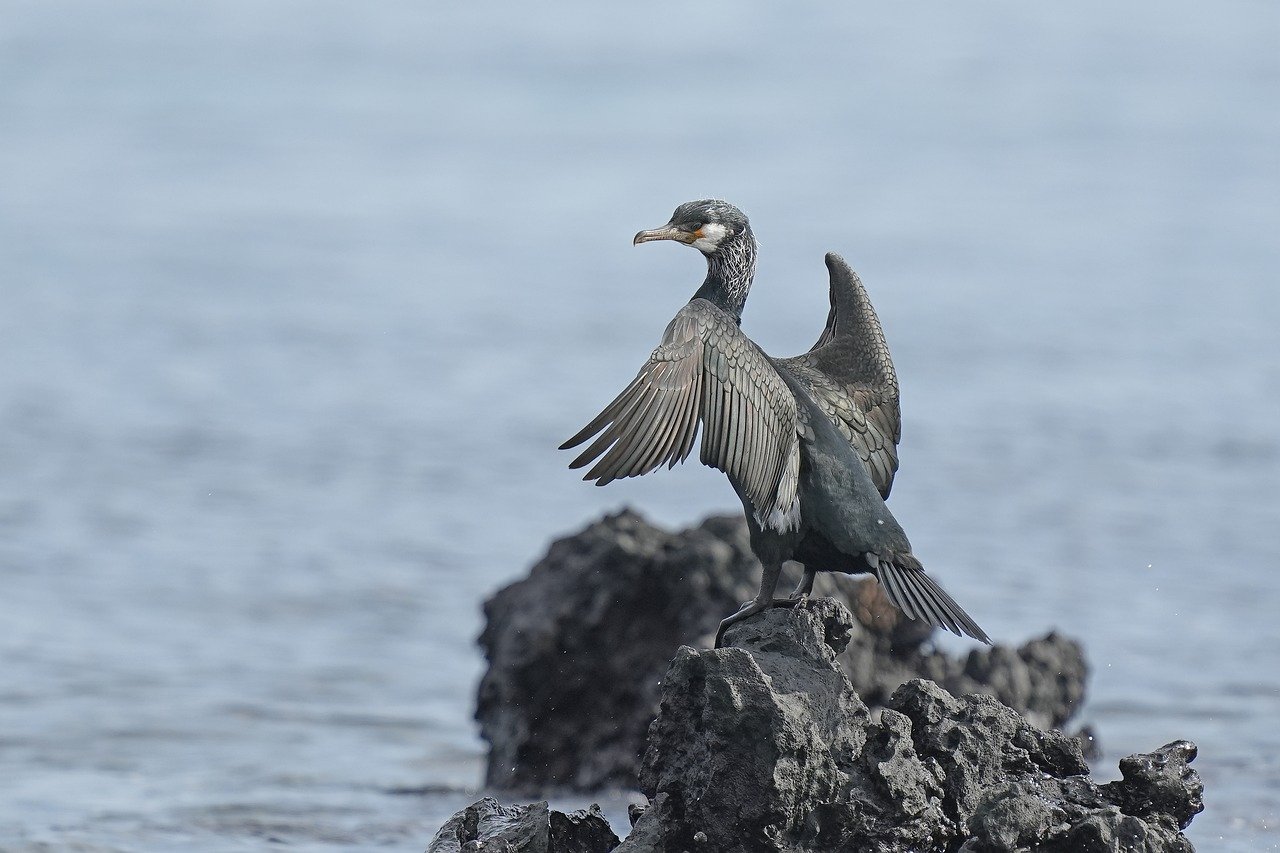 Shutterstock
Shutterstock
Cormorants, while not traditional builders, have a unique method of engineering that involves nesting on cliffs or trees in colonies. They gather materials like seaweed, twigs, and mud to construct their nests, which can sometimes be quite large, built over time as they add to them each season. These nests are often elevated, providing safety from land-based predators. The cormorants’ skillful use of surrounding materials and their nesting strategies in precarious locations highlight their adaptive engineering skills.
The Ultimate Architects
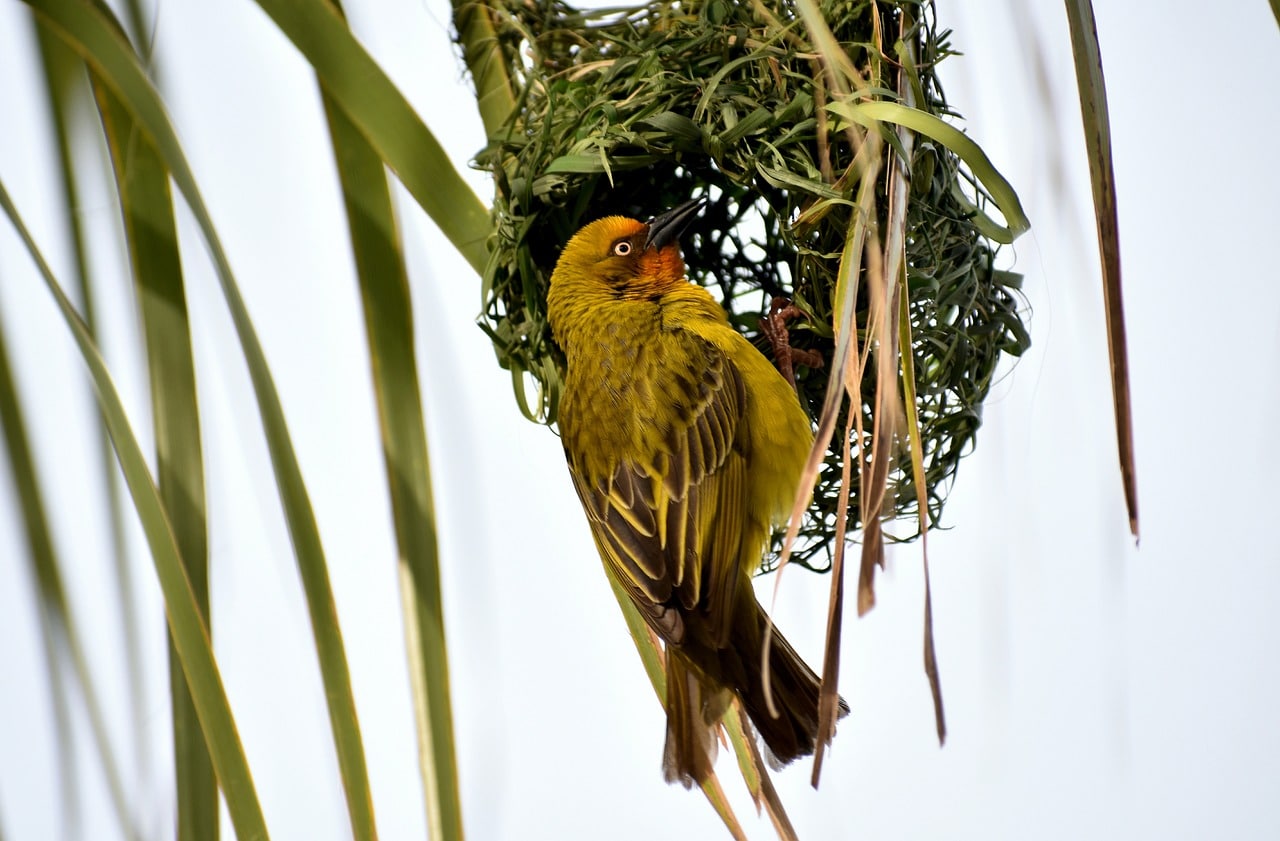 Shutterstock
Shutterstock
As much as we pride ourselves on our engineering feats, these wild architects constantly remind us of nature’s ingenuity. Animals have mastered building in ways that surpass many human creations. Perhaps it’s time we take notes from these furry, feathered, and scaly geniuses. After all, while we’re busy constructing skyscrapers, they’ve been crafting flawless homes for centuries. In the grand scheme of things, maybe we’re just apprentices when it comes to creating truly lasting structures. Nature’s engineers have long set the standard for sustainable design.

